New 😀 D16 Group Toraverb 2 – Electronic Delivery ⭐
$75.00 Original price was: $75.00.$58.50Current price is: $58.50.
- Effortless Shopping, Quality Products
- High quality products, low prices.
- Experience the difference quality makes.
- Your Security is Our Promise

When creating the D16 Group Toraverb, D16 did not base it on any current reverb unit available in the market. They did not implement any “off-the-shelf” algorithm. Toraverb is not a classic type reverb unit like spring, room, hall or plate. Toraverb is a concept algorithm reverb. Using a set of easily accessible parameters, it allows the user to create practically ANY type of reverb. the goal was to create a reverb which would sound pleasant to the listener and the output could be tweaked in many ways by the user.
Reverb is a critical effect in a mix. Result depends on the reverb algorithm used and the quality of the implementation. Usually reverb is used as a send effect in which many channels in a mix are routed to it. If a low-quality plug-in or hardware unit is used, the end results can sound very disappointing with the reverb tail sounding like it had been “ripped-off” in the mix.
High quality of diffusion
In Toraverb, D16 applied diffusing network of the highest possible quality based on modified all-pass filters. By doing this and using properly tuned parameters, they can almost eliminate unwanted flutter echo effects for every sound source.
Two parametric EQs
Toraverb is equipped with two independent, single band, fully parametric equalizers with 3 available curve types each. One is used to EQ early reflections and the other to EQ late reflections. This is an incredibly useful feature which provides a lot of control over the character of the reverb allowing to achieve most natural sound.
Modulated tail
Toraverb also has an additional modulation parameter, which affects the diffusing network. These are responsible for the distribution of the sound waves reflections in time. By changing the modulation, the sound of the reverb tail can be altered to give a more realistic effect of sound propagation. Modulation amount is controlled independently for early and late reflections.
Realistic cross-talk
To give a better impression of physical space, D16 have added an innovative spatial reflection algorithm to Toraverb. It improves spatial reflections by allowing cross-talking of reflected stereo waves between stereo channels. This models what happens in the real world when a sound audible only in the left ear is reflected and is heard in both ears.
Early/Late mixer
For convenient blending Early and Late reflections together. Now with balance parameters, for both reflection types, working in Left, Right or Mid Side domains yet expanding palette of possibilities.
Built-in ducker
Features:
- High quality diffusion network
- Pre-delay with optional tempo sync
- Reverb’s tail modulation
- Controllable crosstalking spatial reflections
- Parametric EQ for Early and Late reflections
- Early and Late mixer
- Built-in ducker
- Adjustable FX crossfade characteristics
- Tag based preset browser
- Two alternative GUI sizes
- MIDI-learn functionality throughout
- 64-bit internal processing
| Condition | New |
|---|---|
| Software Delivery | Electronic, Delivery |
| Plug-in Type | Reverb, /, Delay |
| Plug-In Format | AAX, AU, VST |
| Operating System | Mac, Windows |
Be the first to review “New 😀 D16 Group Toraverb 2 – Electronic Delivery ⭐” Cancel reply
Related products
Audio Processing Plug-ins
Coupon 😍 Eventide Physion MkII Multi-Effects Tool – Electronic Delivery 🔔
Audio Processing Plug-ins
Audio Processing Plug-ins
Audio Processing Plug-ins
Promo ✨ Audio Ease Altiverb 7 Regular – Electronic Delivery 😉
Audio Processing Plug-ins
Best deal 🥰 Sonarworks SoundID Reference For Speakers & Headphones With Mic 🎁
Audio Processing Plug-ins
Flash Sale 😍 Audio Ease Altiverb 7 XL – Electronic Delivery ✨
Audio Processing Plug-ins
Wholesale 🔥 XLN Audio RC-20 Retro Color – Electronic Delivery 😀
Audio Processing Plug-ins


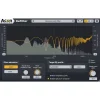
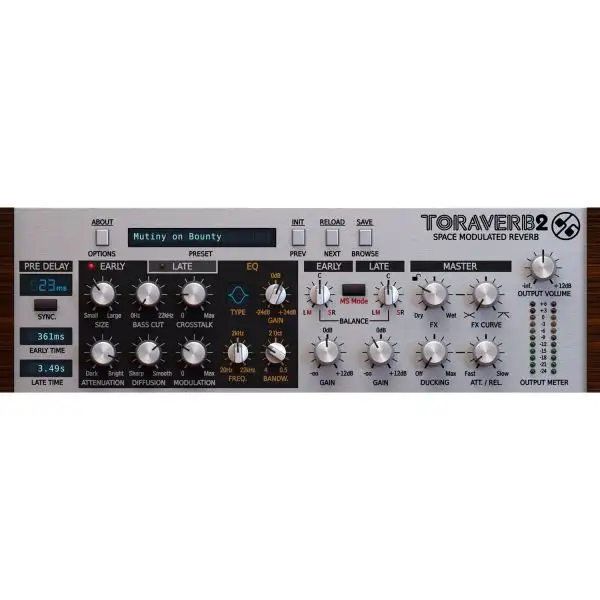
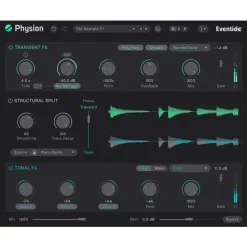

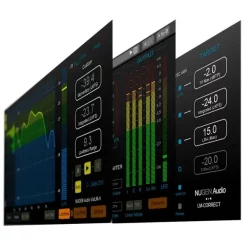
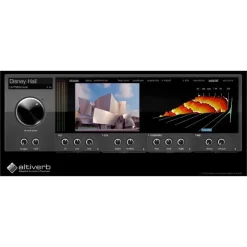
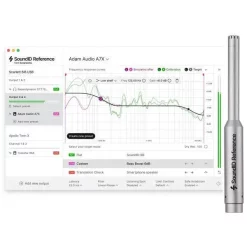

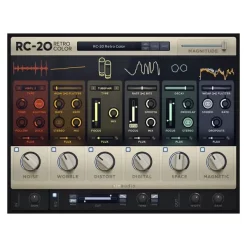
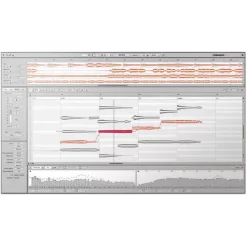
Reviews
There are no reviews yet.